Leisure Valley
Gavin Hipkins
4 April 2014 - 17 May 2014
Leisure Valley: roomsheet and publication
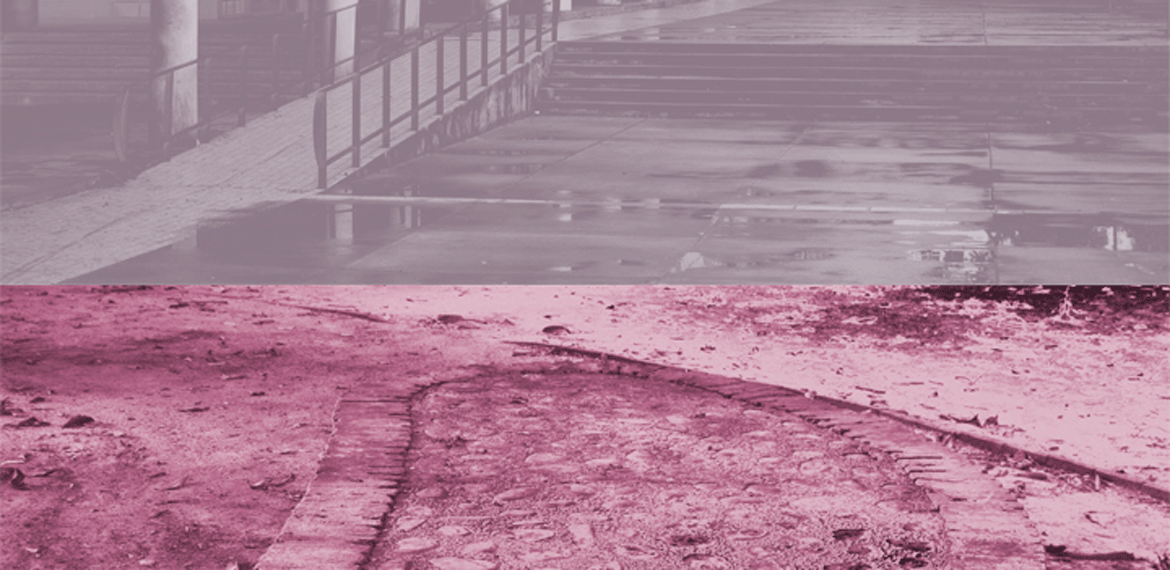
Gavin Hipkins, Leisure Valley (detail), 2014. Pigment print on news print. Courtesy of the artist and Starkwhite.
The exhibition Leisure Valley is a continuation of Gavin Hipkins’ engagement with architecture through his photographic practice. Hipkins’ interest in architecture as a photographic subject stretches back to the mid-1990s when he made a trip to Germany with the aim of ‘certify[ing] an idea of architecture and architectural photography’. Hipkins’ first trip to Chandigarh followed in 1997 and resulted in the work The Trench (1998). Soon after returning Hipkins turned his attention to examples of New Zealand architecture bearing the influence of New Brutalism found on university campuses in Auckland, Hamilton, Wellington, Christchurch and Dunedin, which produced The Habitat (1999).
In 2013 Hipkins returned to India and Chandigarh to photograph and film for the works shown in Leisure Valley. The exhibition, its title taken from Chandigarh’s Leisure Valley – a green belt conceived by Le Corbusier as the ‘lungs’ of the city – features new works: Leisure Valley (2014), a 46-part photo-installation of images from Chandigarh, The Port (2014), an experimental short film, and The Centre (1999/2014), a new work developed from The Habitat.
The 46 parts of Leisure Valley are based on the 46 sectors in Le Corbusier’s original plan for Chandigarh. The Port combines images of the 18th century architectural astronomy instruments called Jantar Mantars in New Delhi and Jaipur, abstracted and naturalistic New Zealand landscape, and suburban architecture from Auckland's new master-planned community Stonefields. The imagery is layered with an asynchronous audio montage read from passages of H.G. Wells’ science fiction novella The Time Machine (1895).
Hipkins’ composite images of the architecture of Chandigarh play with utopic desires of modernist planning and mimic the romantic appreciation of the ruin through capturing aspects of present day Chandigarh that are in various states of decay. The absence of people, and his use of stylistic photographic techniques and newsprint as a medium render Chandigarh as alien and timeless. The Port employs similar techniques to distance us from the familiar, the Time Traveler’s despairing narrative from The Time Machine amplifying the feeling of disconnect. That said, none of the locations in Hipkins’ shots are unnamed. We know where they are and what they stand for and embody. So, what does Hipkins offer us when he takes two ‘master-planned communities’ with two very different agendas and locations, their foundations separated by decades, and presents them in this way?
As an example of ‘a new urban village’, Stonefields presents a 21st century antipodean manifestation of a planned community, one that is far smaller in scale and created under completely different conditions than Chandigarh. The two are incomparable. Within the Leisure Valley exhibition at ST PAUL St they operate as aesthetically worked architectural surfaces that are symbolic of a desire for better living. They are at once abstracted and highly specific places that are deployed for their aesthetic and associative meaning.
The Centre, showing in the street front window space, responds to the site on the AUT city campus, with its proximity to The University of Auckland campus and the Faculty of Science buildings. The Centre uses images of these buildings that were taken by Hipkins for his series The Habitat in 1999. In the 1960s and 70s a period of expansion of university campuses coincided with the peak influence of New Brutalist architecture in New Zealand. The Centre shows Hipkins’ 1999 images of The University of Auckland Faculty of Science buildings remade as banners with colour, scale and material modification. These buildings, situated on the corners of Symonds, Wellesley and Princes Streets are currently being redeveloped; this process includes significant modifications to the architecture and in some cases partial demolition.
To return to the exhibition title, if Chandigarh’s Leisure Valley is the lungs of the city, we might read this aspiration as both life-sustaining breath as well as a desire for something better, expressed in the existence of all manner of master-planned communities. Chandigarh and Stonefields are two such aspirational places, as are university campuses. Hipkins’ representation of these sites offers a nexus of seductive photographic and filmic mediums and the desires and dismays of utopian and dystopian retrograde future.
In conjunction with Leisure Valley ST PAUL St is publishing a catalogue featuring new essays by Chandigarh scholar Dr. Vikramāditya Prakāsh, and Vienna-based independent researcher Stephen Zepke. The Gallery will also convene the symposium The Open Hand: A Call for Civic Debate, 16-17 May 2014.
The artist and ST PAUL St Gallery gratefully acknowledge the support of the National Institute of Creative Arts and Industry (NICAI), The University of Auckland for supporting Leisure Valley, and the School of Art + Design AUT University for supporting The Open Hand symposium.
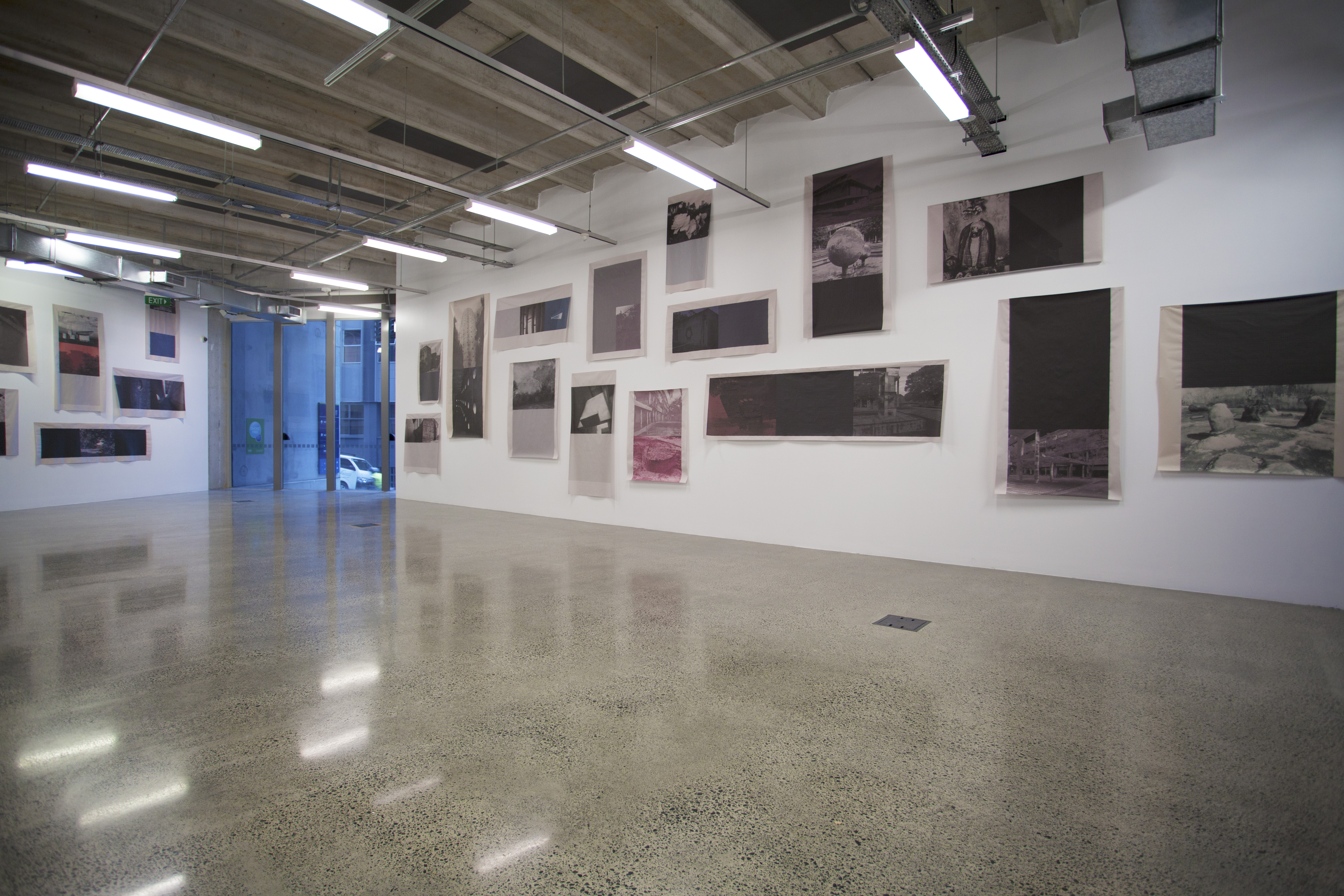
Gavin Hipkins, Leisure Valley, installation view, 2014

Gavin Hipkins, Leisure Valley, installation view, 2014
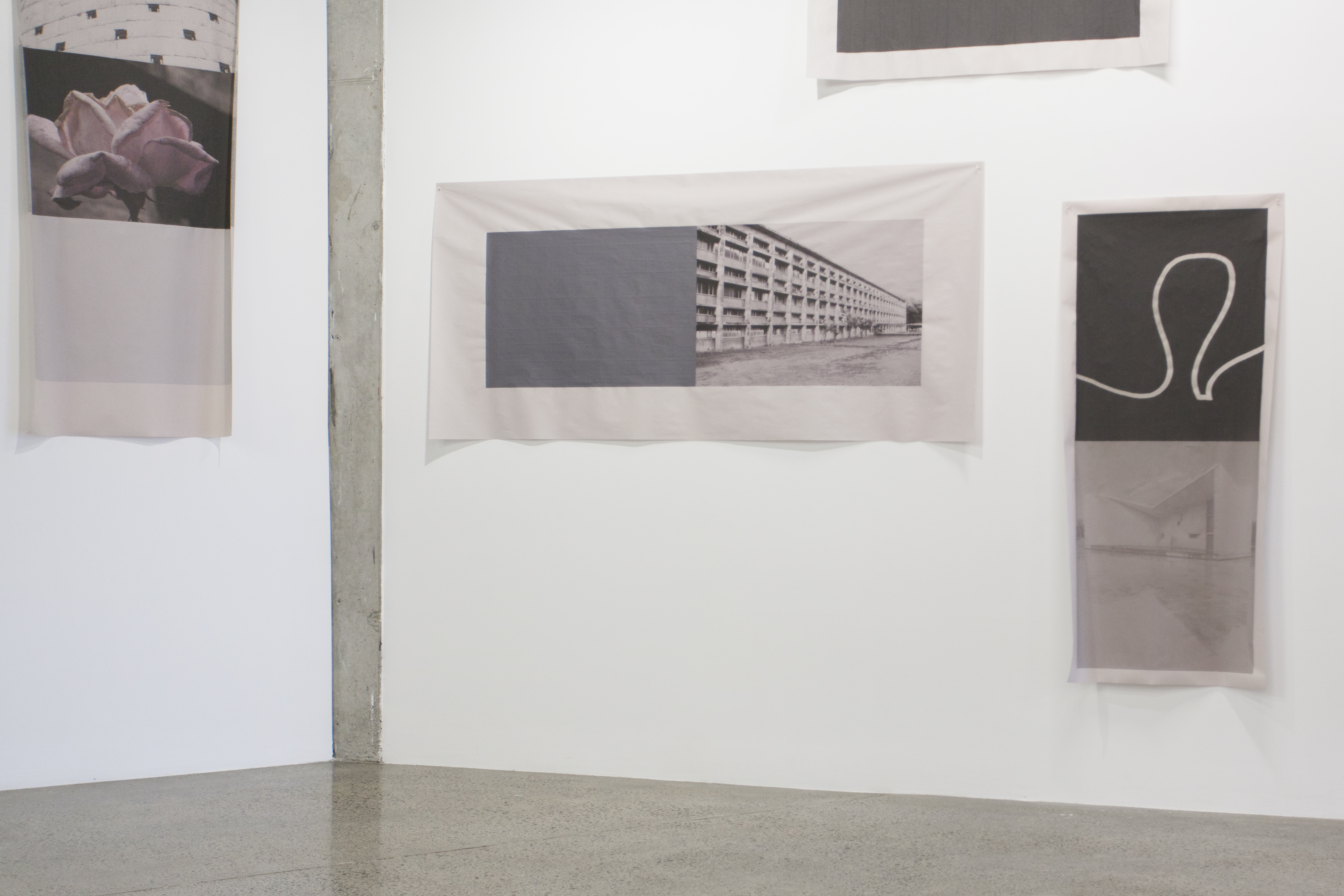
Gavin Hipkins, Leisure Valley, installation view, 2014
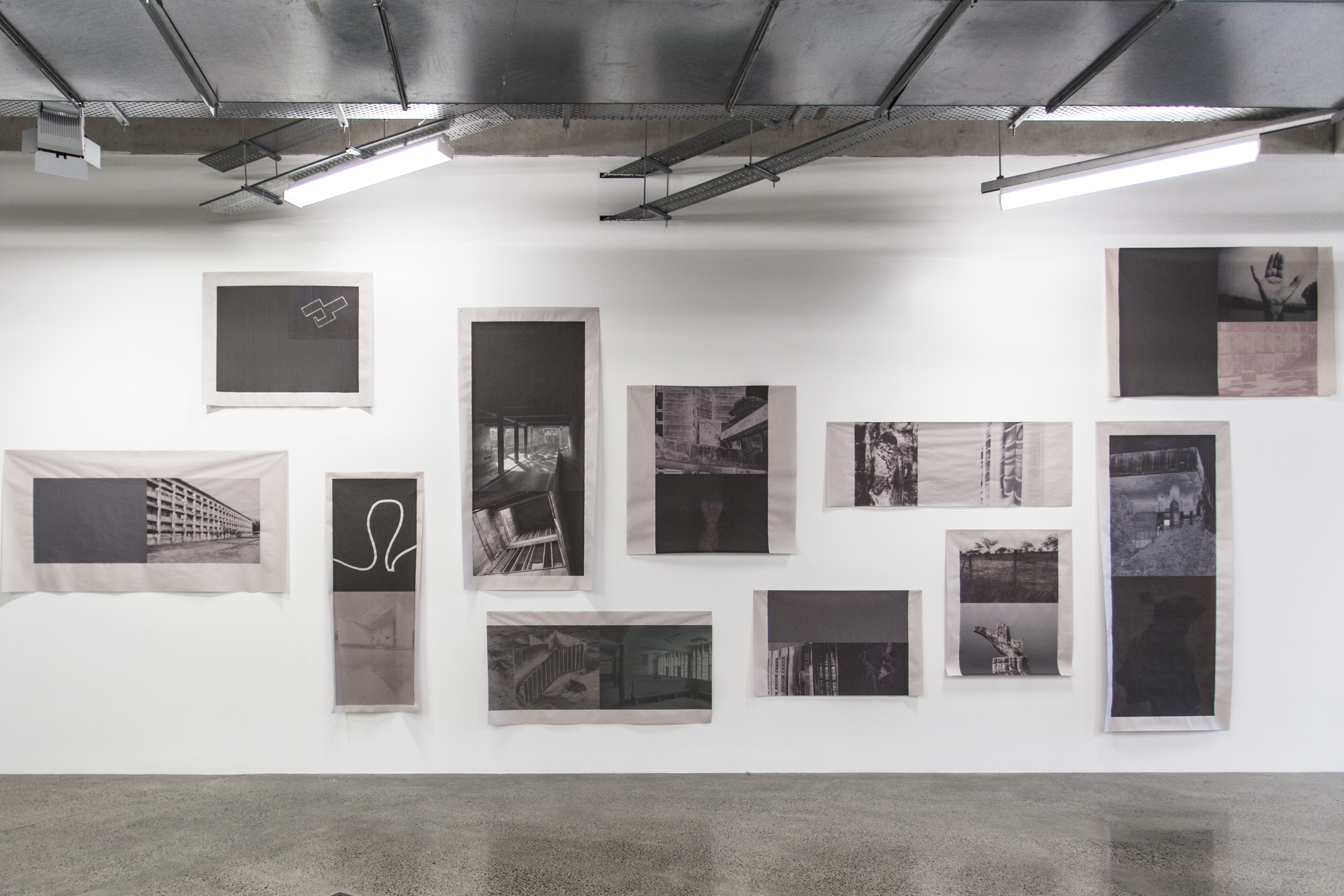
Gavin Hipkins, Leisure Valley, installation view, 2014

Gavin Hipkins, Leisure Valley, installation view, 2014
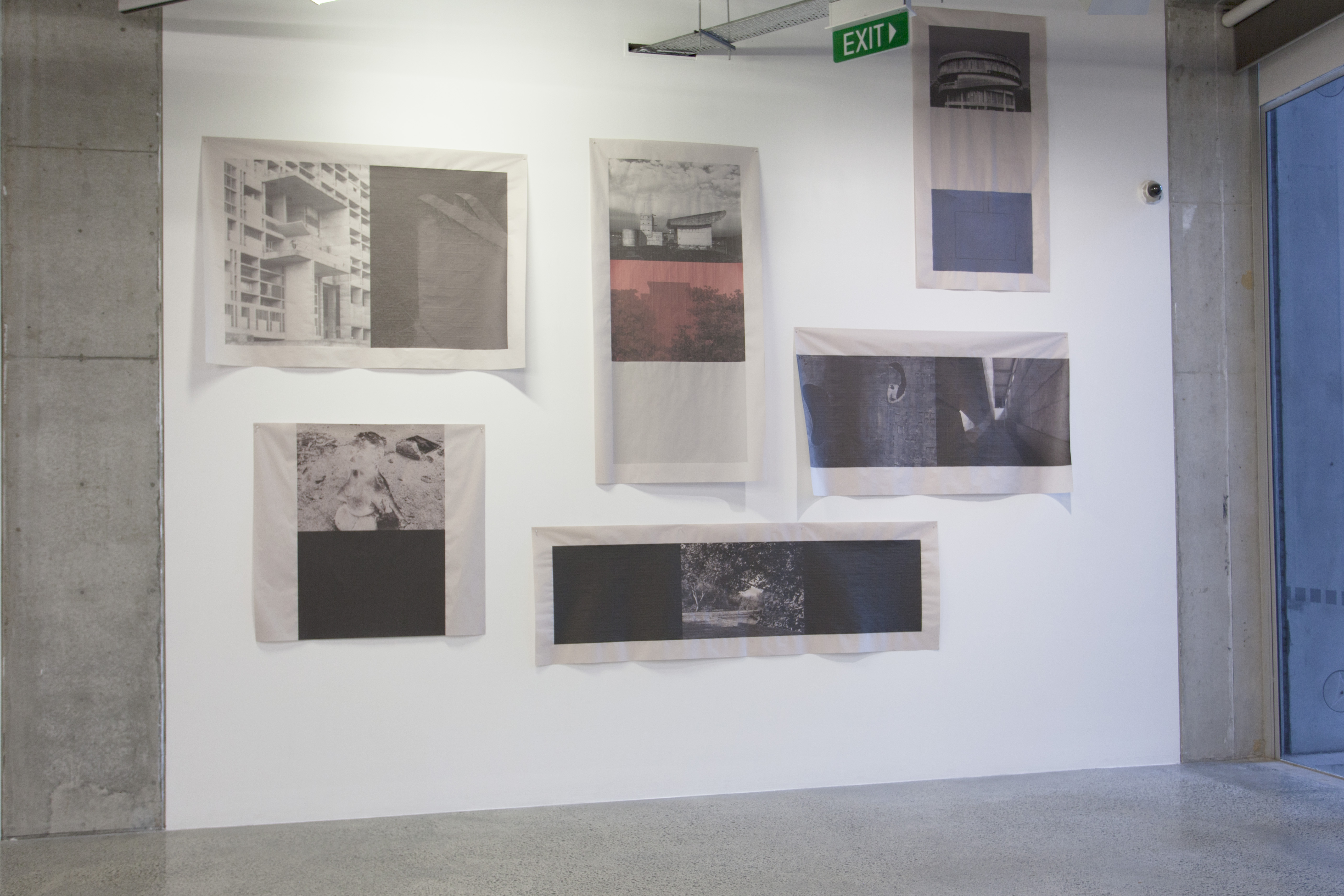
Gavin Hipkins, Leisure Valley, installation view, 2014
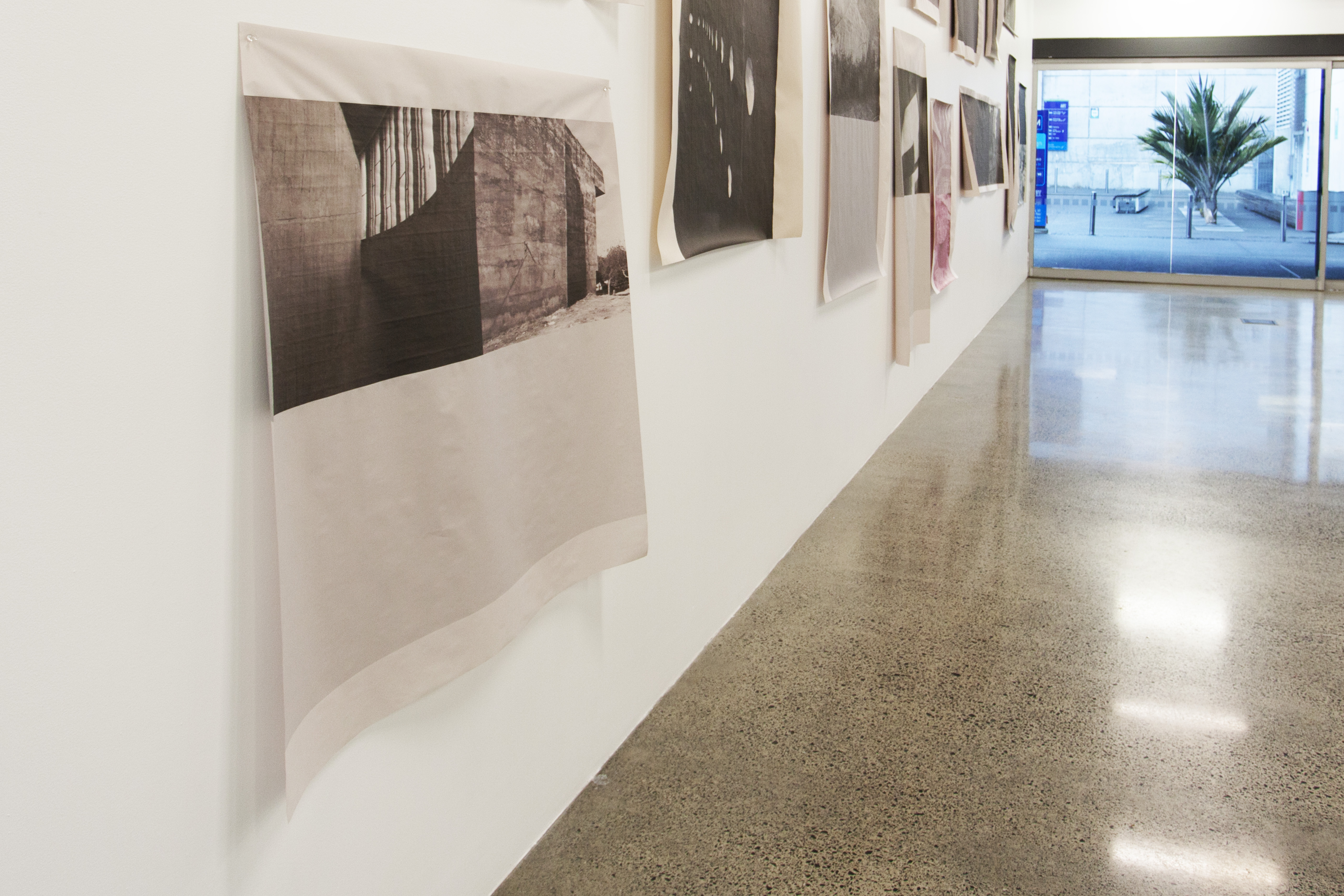
Gavin Hipkins, Leisure Valley, installation view, 2014
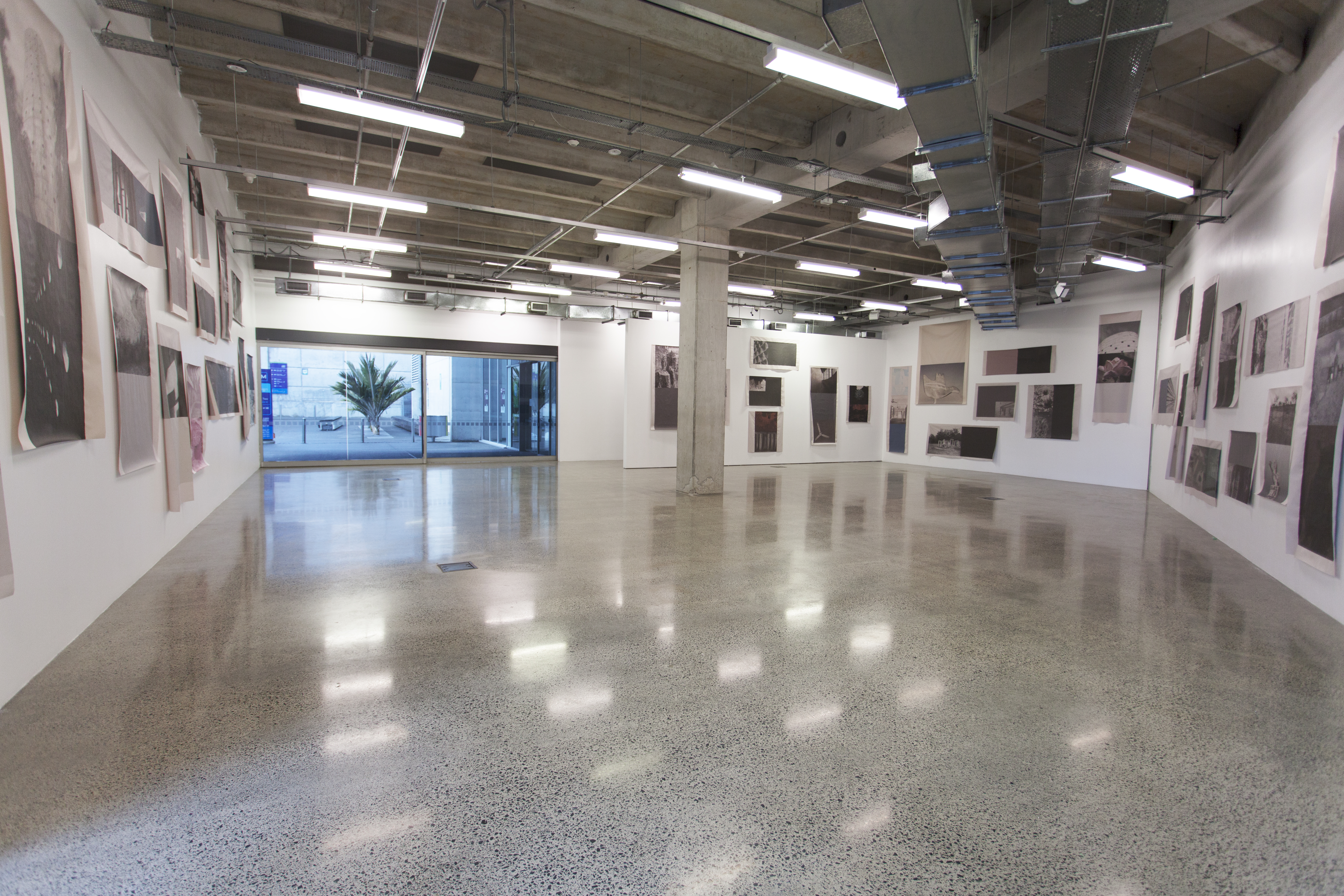
Gavin Hipkins, Leisure Valley, installation view, 2014